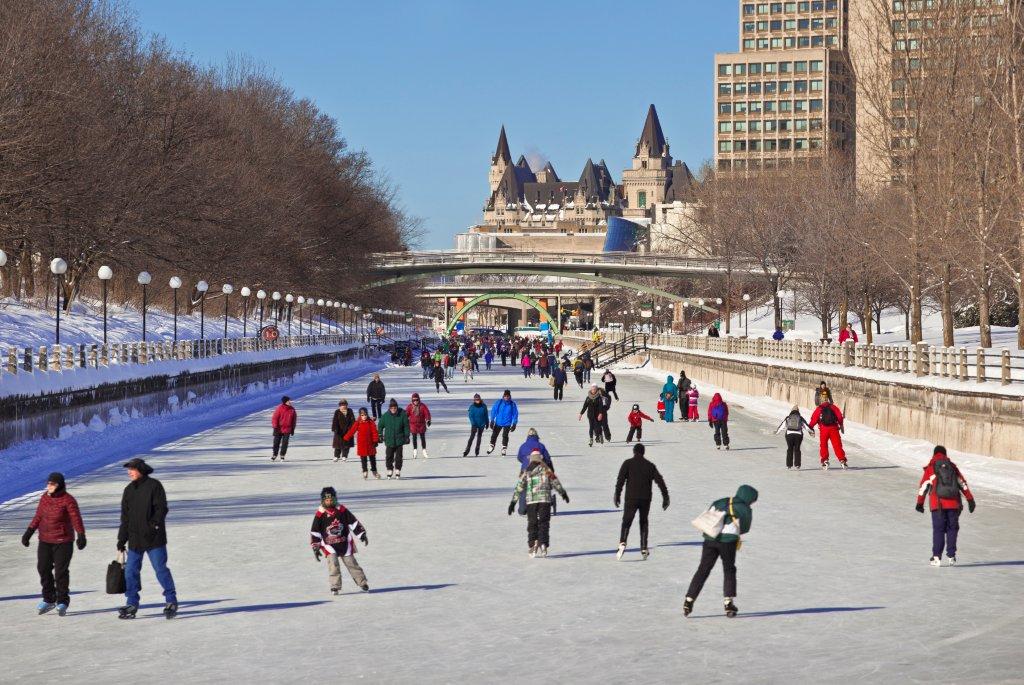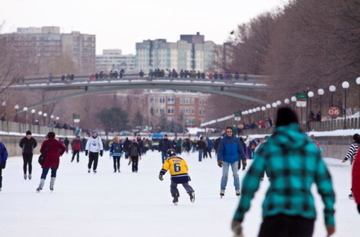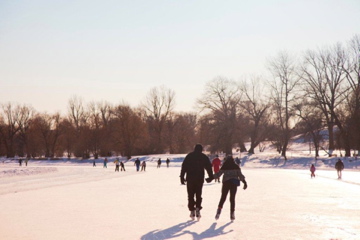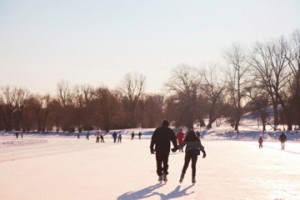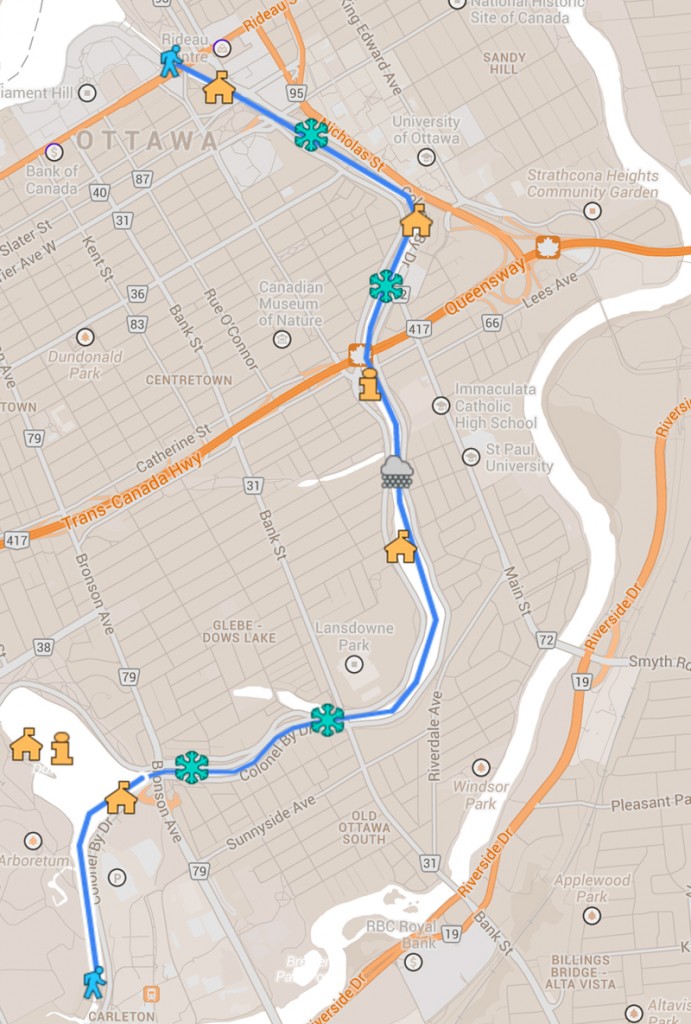By Thomas Hall and Clayton Andres
Winter in Ottawa is the time of year when the world’s largest, naturally frozen ice rink opens, but there could be a time when skating on the Rideau Canal will be impossible, according to a study on global warming.
The 2011 study out of McGill University found “warming of winter temperatures in Canada is having a deleterious effect on the outdoor skating season.” The Rideau Canal skateway happens to be the Guinness Book of World Records’ largest outdoor rink in the world.
You don’t need tropical weather to shut down outdoor rinks, said Chris Burn, a Carleton University professor who specializes in geography and environmental studies. A small rise in average temperatures could do it, Burn said, and the average temperature in Ottawa has gone up by about one degree since the early 1980s.
“I don’t think I’ll see it in my lifetime,” Burn said. “But in the next 30 years we will start to think about whether a skating season is sustainable.”
Burn said you need about five cold weeks to make the skateway viable. Conditions that don’t get cold enough could make opening for the season a risky investment for the National Capital Commission, which owns the skateway.
Andrew Kaleta, manager of environmental stewardship at the Commission, said climate change is a concern, and that the commission has looked at what to do should the ice not form properly.
“We are always looking to find contingency plans for events, like possibly moving them off the ice surface,” said Kaleta.
The skateway not only needs cold weather to be a success, but nice weather too.
The nearly eight-kilometre-long rink has become a “Canadian icon,” said Jean Wolff, a spokesperson with the National Capital Commission.
“The weather is everything,” Wolff said. “If it’s nice like last year we get more people out.”
In 2012, about 17,000 visitors used the skateway each day, but that number went up to 22,000 last season due to sunny days and relatively tepid temperatures.
One company concerned with the trend towards shorter seasons on the skateway is Beavertail, which makes the flat fried dough that has been sold along the canal for 30 years.
Adam Hendren is a local store manager and one of four licensees who sells Beavertails on the canal. Although Hendren said they are a long way from the time when selling Beavertails on the canal is not worthwhile, the trend toward shorter seasons is a concern.
While the National Capital Commission is concerned about the long-term impact of climate change on the skateway, it’s also concerned about more immediate environmental problems, such as waste management and carbon emissions.
So far, the Commission has managed to make the skateway carbon neutral, it has yet to get a firm handle on the waste problem
The Commission set a goal of reducing waste sent to landfills from the skateway by 50 per cent of 2009-10 levels, which means this year they are aiming for no more than 11.1 tonnes.
New waste stations for garbage, recyclables and compostable were tested over the 2012-13 season, and volunteers wearing green vests helped explain the sorting system to visitors.
Click to view the full McGill study Share Tweet
